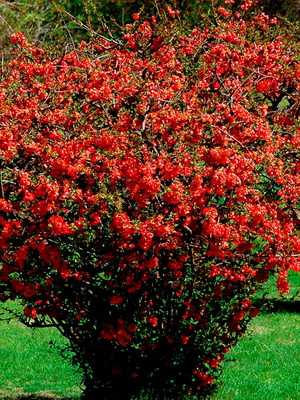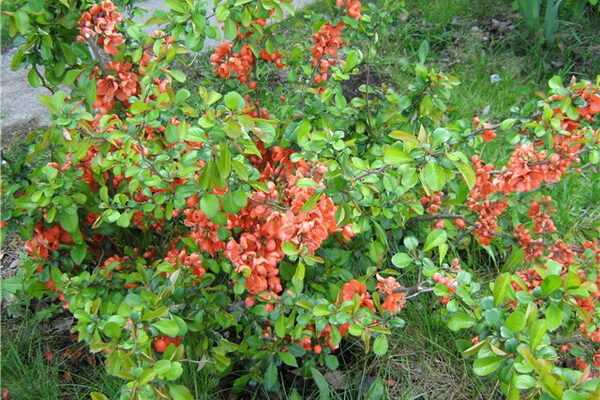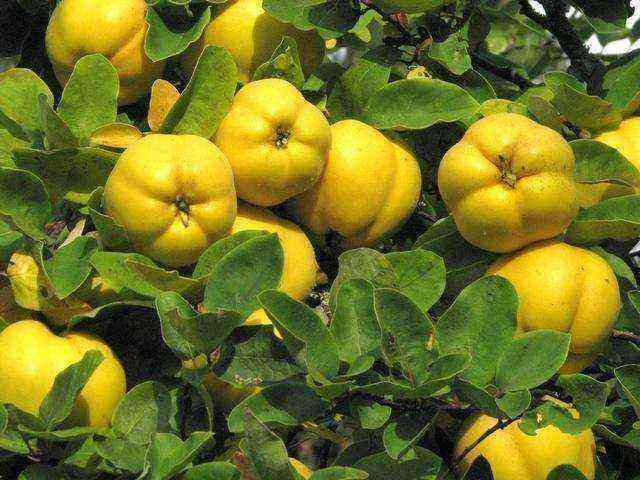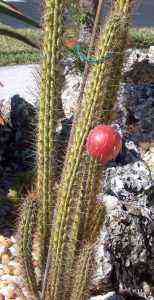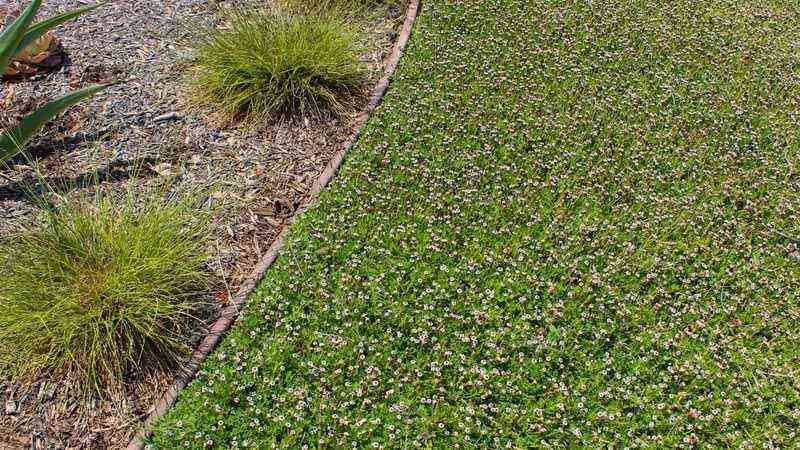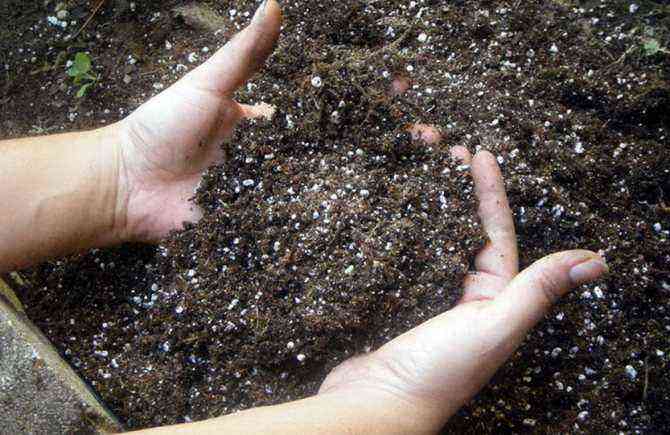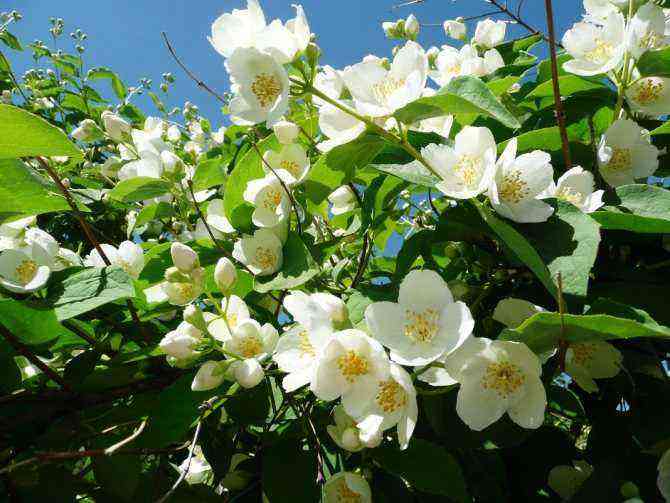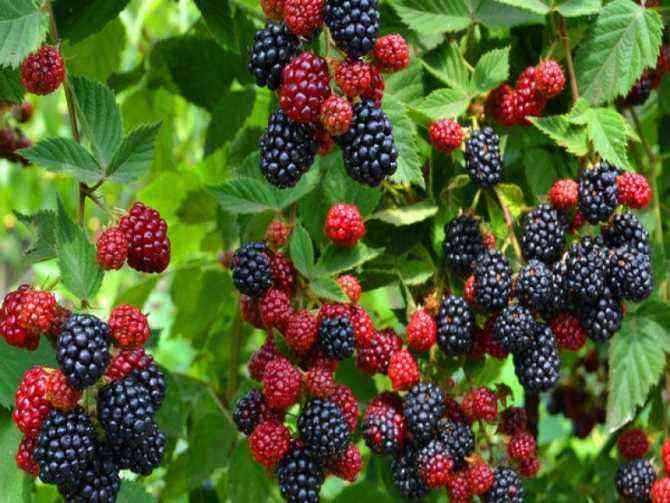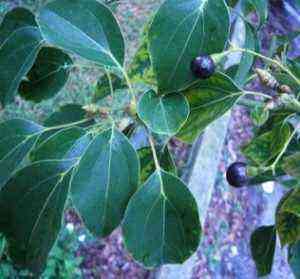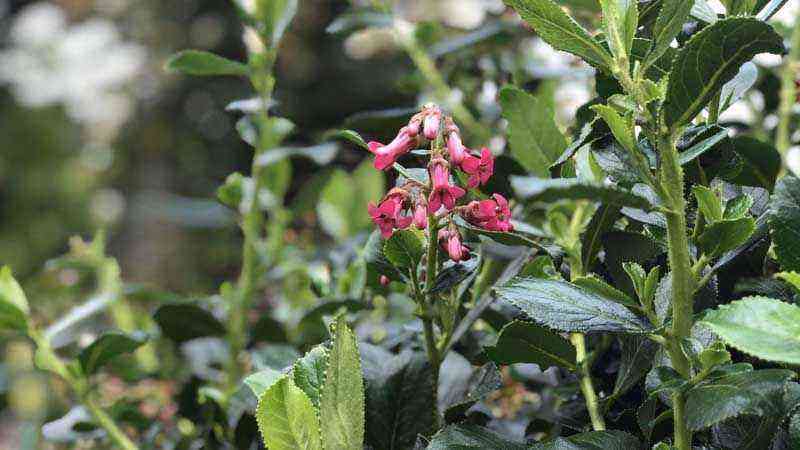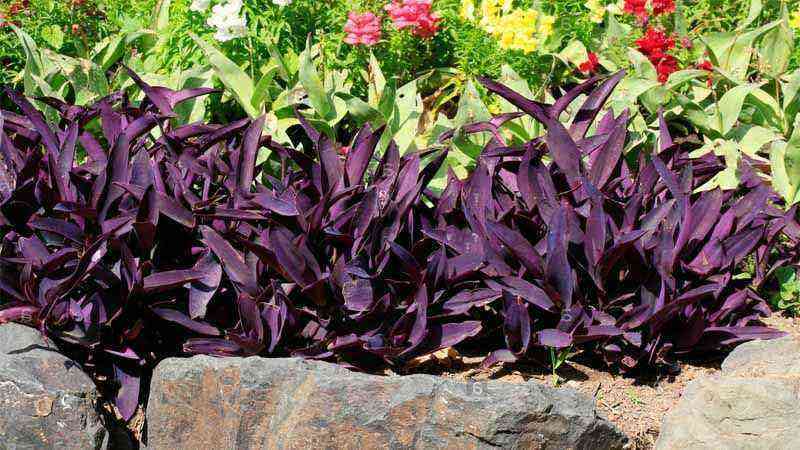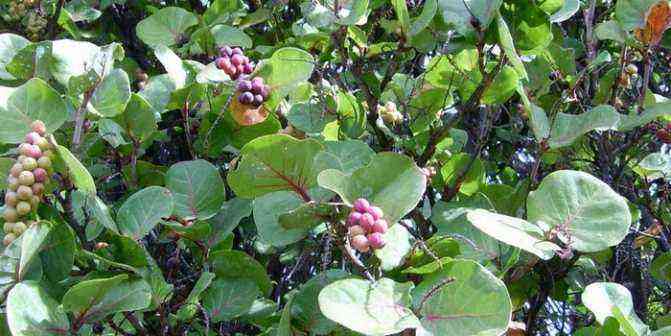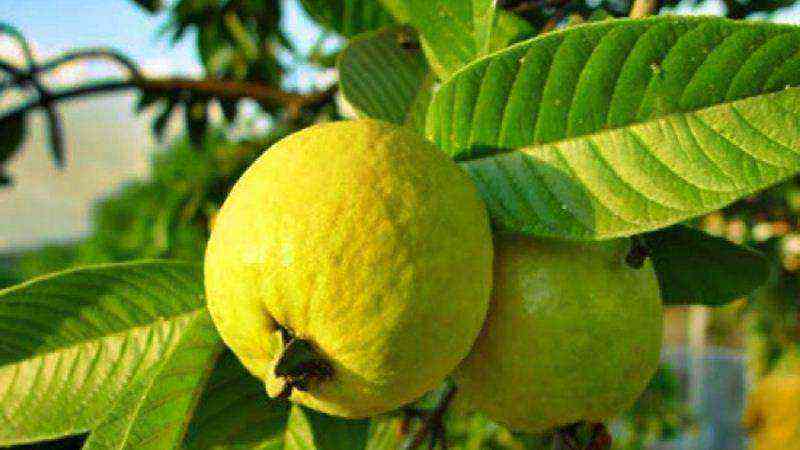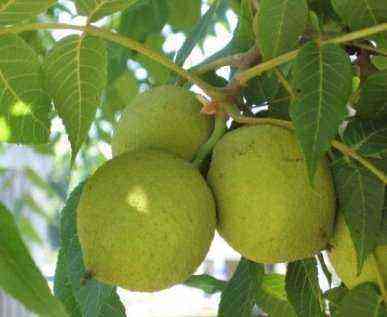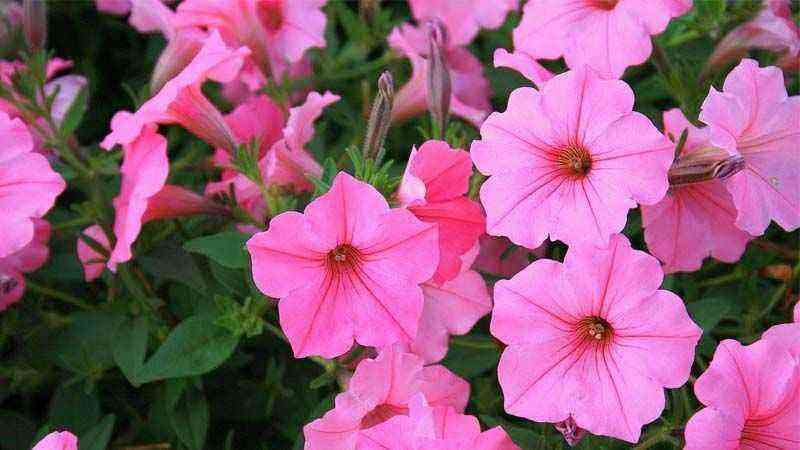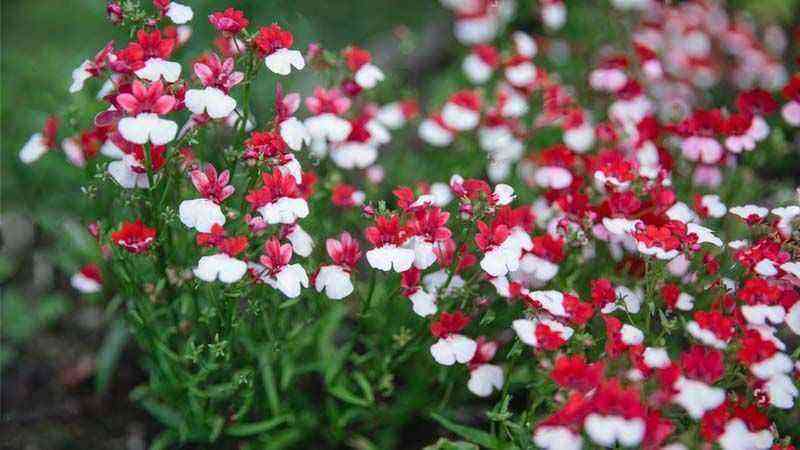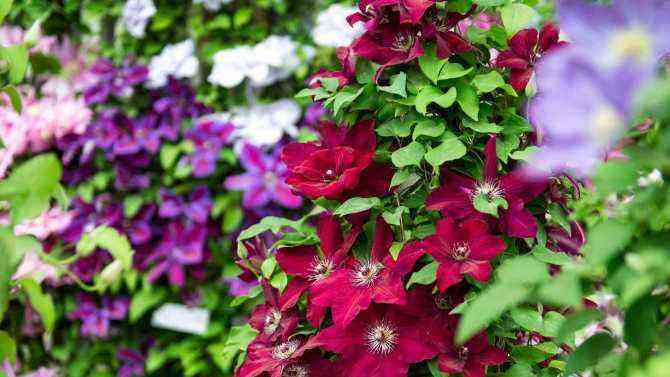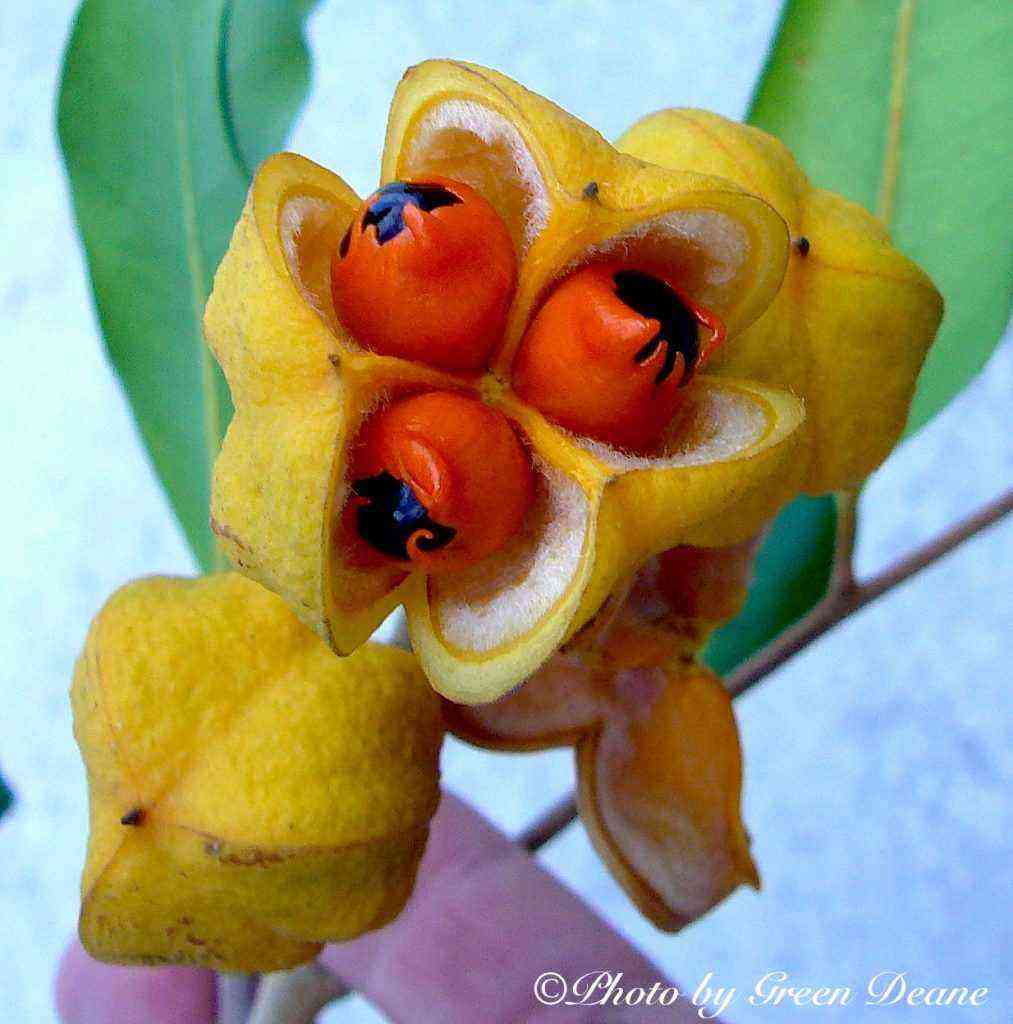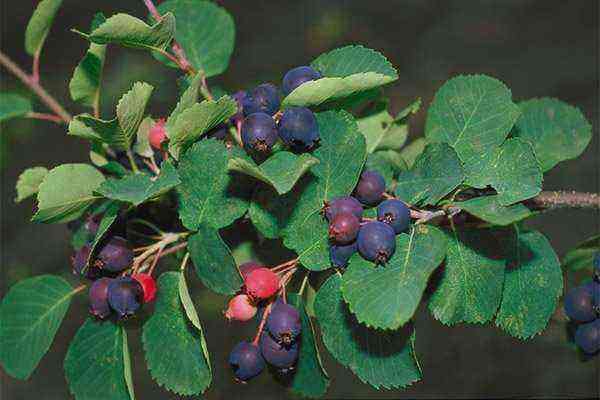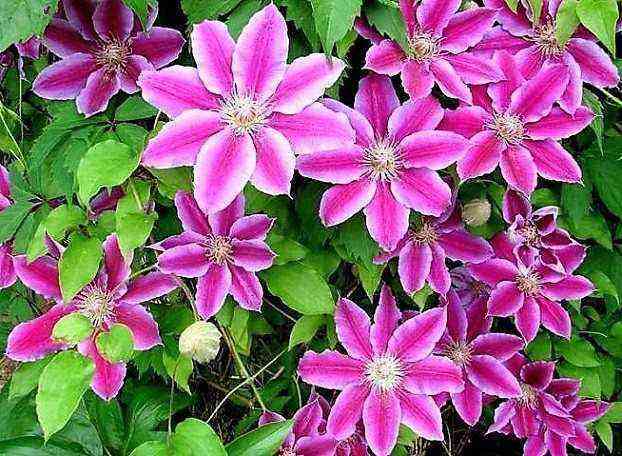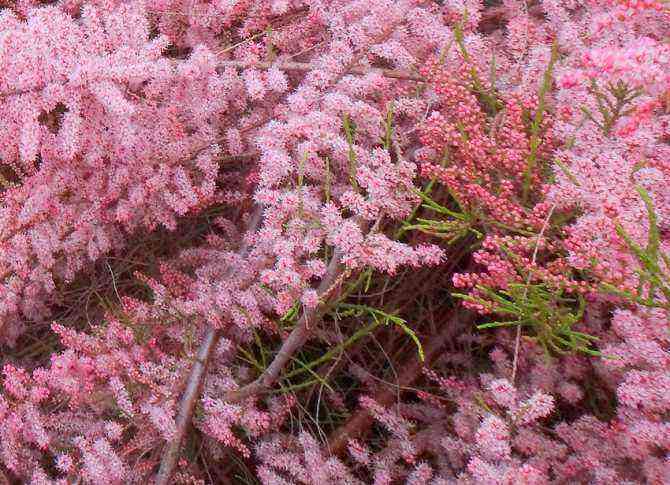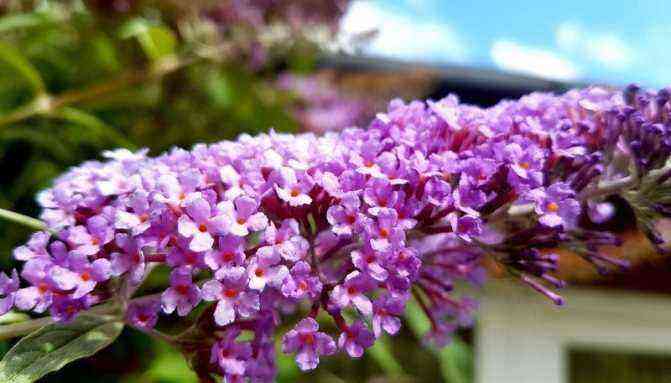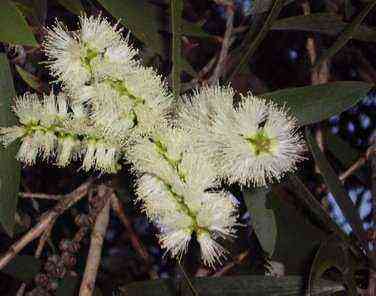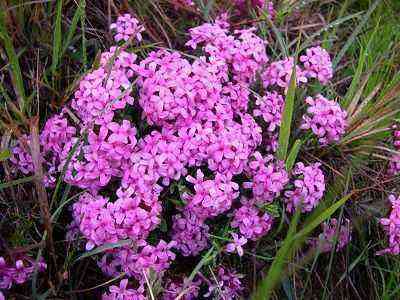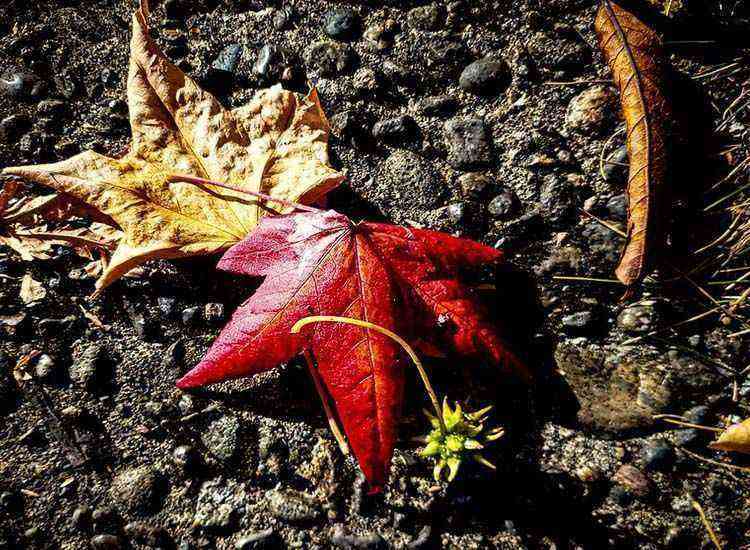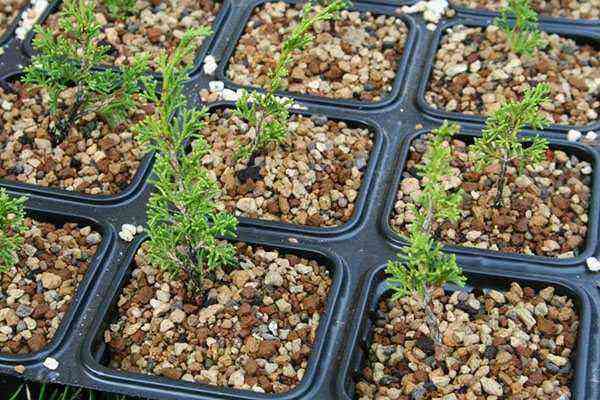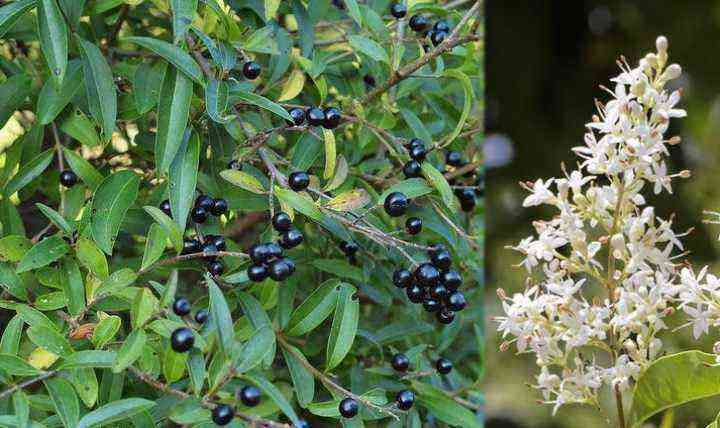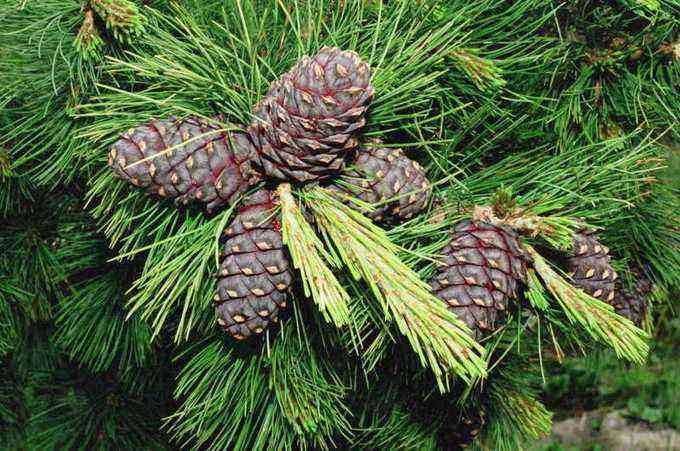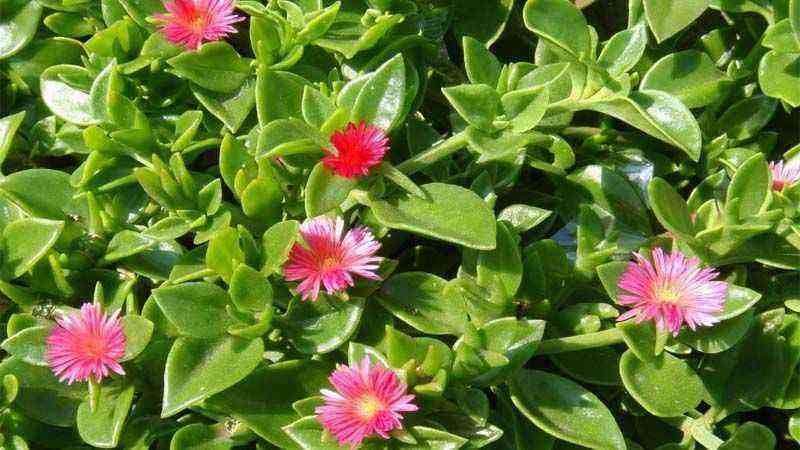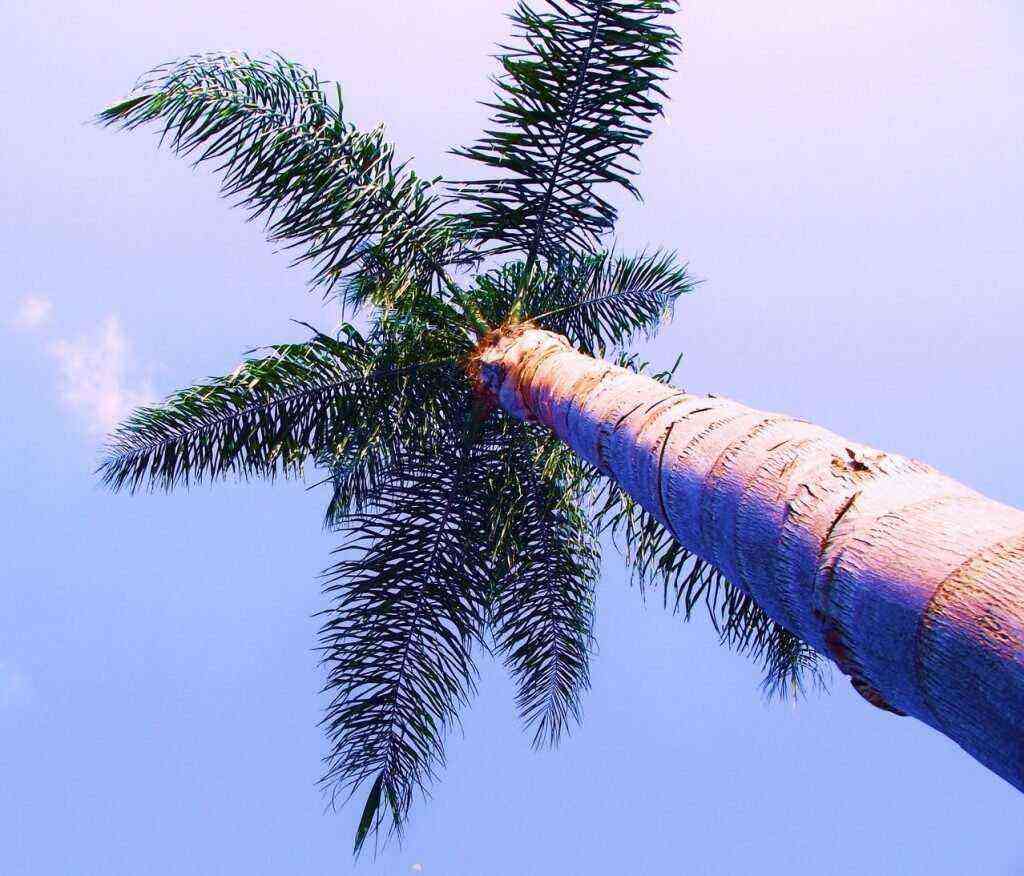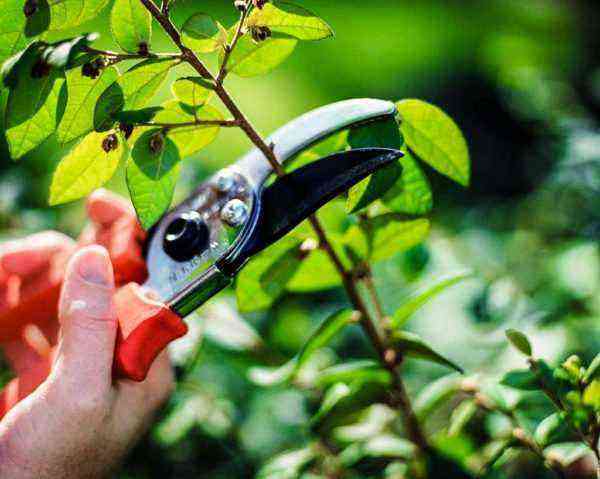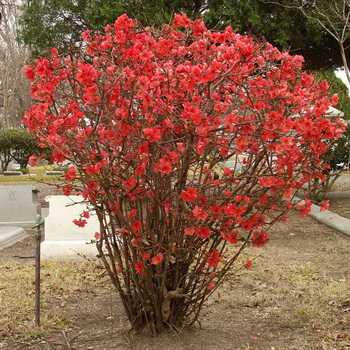
Description of Japanese quince with photo
Check out the photo and description of the Japanese quince – a dicotyledonous flowering plant of the Rosaceae family.
Japanese quince, or chaenomeles, is often used as an ornamental plant in gardens.
During flowering in May-June, the crown is covered with beautiful orange-red buds.
The leaves are small, glossy, with jagged edges. The shrub is low – from 1 to 3 m in height. A hedge is formed from quince or these shrubs are planted in separate groups. In a group of plants, rows are formed at a distance of 50-60 cm from each other. Since the quince grows rapidly, it is advisable to leave a gap of at least 1 m between it and other garden crops.
At first, the lower branches of the quince, as a rule, bloom, and then the upper ones. In autumn, tasty and healthy fruits ripen, large enough, covered with a protective wax coating. According to the description, the fruits of the Japanese quince are similar to the fruits of the common quince, but they are more sour in taste.
How to plant Japanese quince and control pests

If your site is located on a hill, for planting Japanese quince, allocate a place on the southern or southwestern slope. Here, this thermophilic ornamental plant will receive the amount of solar heat it needs in spring.
Before planting Japanese quince, you need to choose the moment between the complete thawing of the soil and the beginning of the growing season for the plant. Before planting Japanese, in the fall, prepare the soil by adding phosphorus and potash fertilizers to it, and humus and river sand as drainage.
This type of ornamental shrubs is not picky about the soil, it tolerates drought well. When planting and caring for Japanese quince, moderate watering and organic fertilization are necessary. Manure, bird droppings, ammonium nitrate, superphosphate, potassium fertilizers are suitable for fertilizing, but peat is not recommended. The soil should not be limed, since the quince prefers a slightly acidic environment.
It is not enough to know how to care for Japanese quince, you need to be able to cut these shrubs. The formation of the crown of the quince is imperative so that the bush does not grow unnecessarily in breadth and does not become too thick. Quince tolerates pruning well. Root shoots begin to be removed from plants that have reached 4-5 years, leaving only 2-3 shoots growing strictly vertically.
From 8-10 years of age, rejuvenating pruning of Japanese quince should be carried out. At the same time, most of the branches that are older than 5 years are removed.
The branches of the Japanese quince are covered with long, sharp thorns, therefore, when pruning and treating the crown, it is necessary to wear garden leggings; secateurs and saws must be sharply sharpened. In the spring, dried and frozen branches are removed, treating the wounds with garden pitch or putty.
Rodents bypass the quince; insect pests rarely attack it. Sometimes Japanese quince can be affected by fungal diseases. To fight pests of quince, use a solution of copper sulfate, foundation. Processing should be done in early spring before the start of the growing season. After the leaves bloom and the ovaries appear, you can process the fungus with a concentrated infusion of onions.
